Where Do Soybeans Come From?
Soy Envoy, Craig Grafton, shares the process of soybean breeding, shedding light on how new soybeans varieties are being developed. He also discusses the evolving landscape of soybean traits and the future of soybean breeding.
Branches to Bushels: Soybean Placement Insights and Strategies
In this Soybean Summit session, AJ Woodyard of Advanced Agrilytics shares information about a novel approach to soybean variety characterization that can more accurately inform placement decisions and provide insight into variety-specific management, making the connection between branches and bushels.
Soybean Success, No Longer a Secret
Dr. Connor Sible discusses the latest findings from the University of Illinois Urbana-Champaign Crop Physiology Lab related to soybean planting dates, cover and double crop management, and optimizing fertilizer use efficiency to bring yield and ROI to soybean production.
No More Secrets: Maintain A Season-Long Approach for High Yielding Soybeans
Learn about the 2024 update of Dr. Fred Below's Six Secrets to Soybean Success in this episode with Dr. Connor Sible. He shares more data from 2023 trials on planting dates, molybdenum seed treatment, fuller maturity groups, foliar protection, fertility, and a potential seventh secret!
Variety Trials Equip Illinois Farmers With Data For Seed Purchase Decisions
The ISA Checkoff Program funds the University of Illinois Crop Science Variety Trials in protein and oil testing. Farmers can use the data to decide to grow varieties with elevated quality characteristics and capitalize on premium pricing opportunities.
Evaluation and Commercialization of SOYLEIC Varieties in Illinois
Illinois farmers will have more options for high-yielding SOYLEIC varieties adapted to the various growing environments across the state. This will allow them to capitalize on premium market opportunities in the food industry and various industrial uses.
How Do You Select Soybeans, And Why?
There are many considerations that go into planting a soybean crop: 1. Planting Date: In 2021, the U.S. Department of Agriculture (USDA) planting progress reports [...]
Six Things to Consider When Evaluating Plot Data for Variety Selection
With harvest upon us, there will be a lot of plot data circulating to showcase performances. It’s important to understand what type of data [...]
What Am I Supposed To Do With All This Plot Data?
We all see plot data coming from every direction in the fall. You don’t have to look hard to find a mailbox full of [...]
Consider Livestock Feed Value When Selecting Soybean Varieties
On a recent Illinois Soybean Association (ISA) trade mission I sat down with a soybean buyer in Bangkok, Thailand, anticipating a friendly and productive [...]

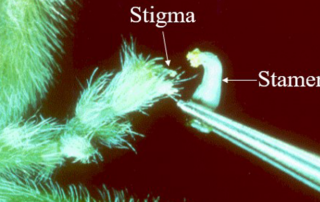
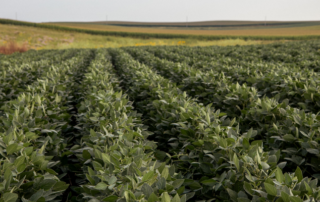
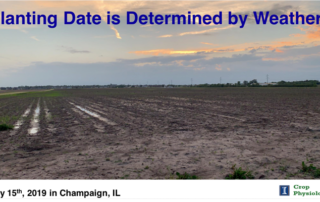

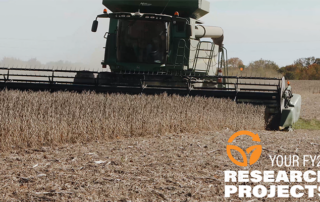
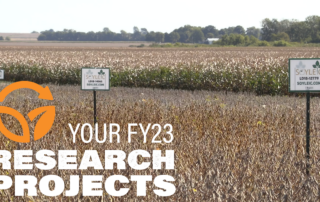
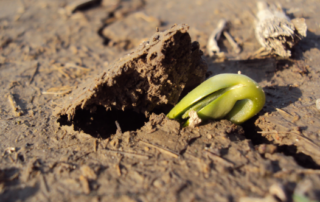
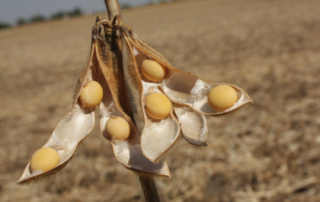
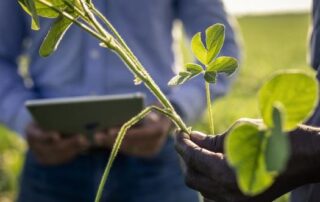
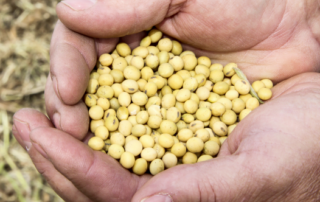

 and then
and then